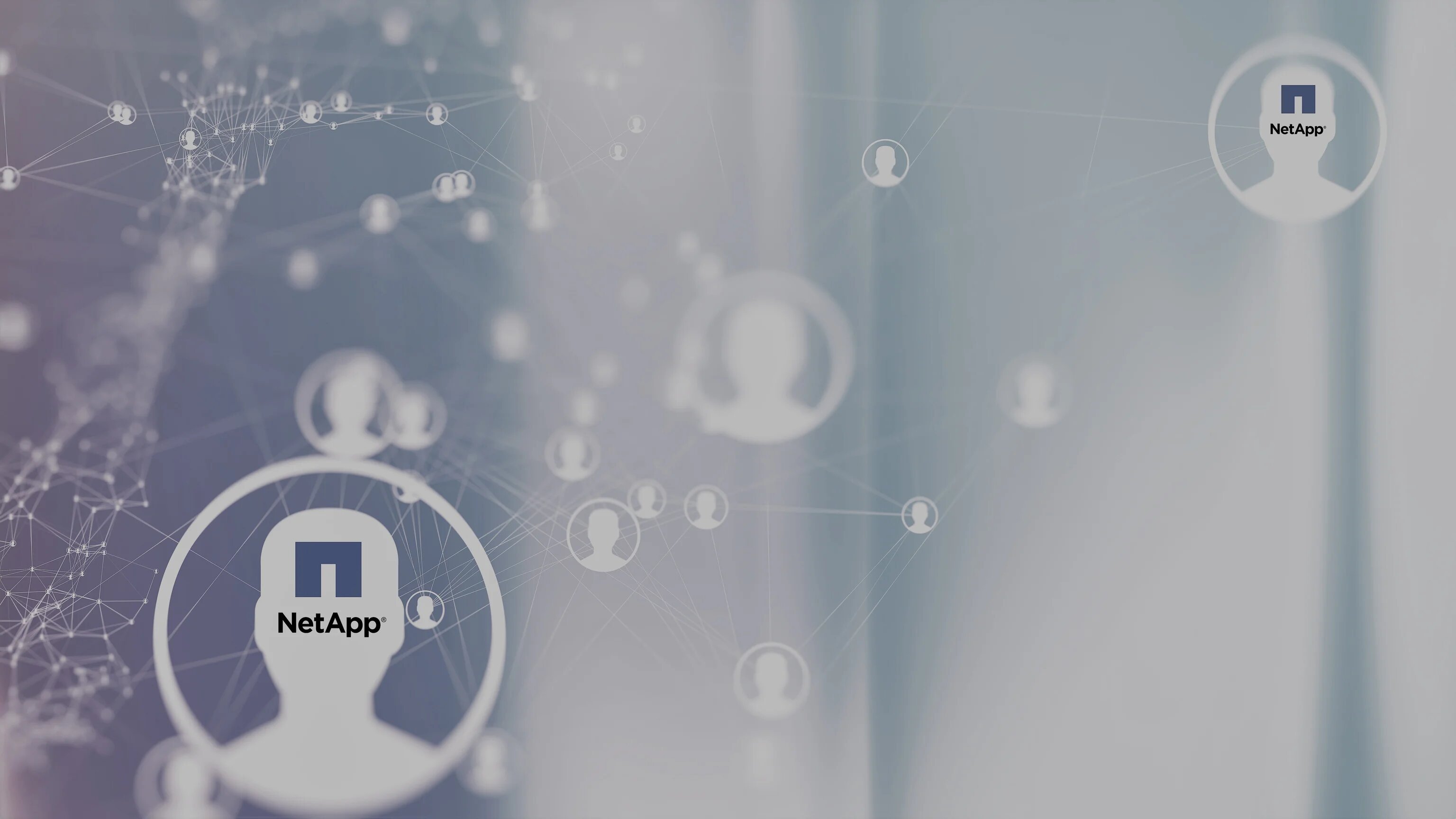
With Data, what’s above it and below it really matters!
With Data, what’s above it and below it really matters!
If you aren’t aware of the capabilities below your Data then you may be missing out on huge opportunities above it.
I remember many years ago NetApp used to describe ourselves as a Data Management company, I also remember that it often caused a number of different reactions…
- No you are not! Data Management is about how you extract value from Data, understand it’s contents, analyse it, you do not do these things – strong disagreement.
- Yeah you and every other infrastructure provider claims to be a Data Management company – not interesting or differentiated.
- Explain exactly what you mean by Data Management? – which would typically lead to point 1 or 2 above.
I appreciate this, I really do, but what NetApp were doing was indeed a form of Data Management, it was just different from peoples traditional understanding and maybe the benefits weren’t clear enough. It was maybe too focused on how we could protect data or applications, how we could reduce costs with efficiency, maybe increase speed with Flash or accelerate Test / Dev with cloning.
We were also mainly positioning this to the teams that were supporting the more traditional services and applications, or possibly the Application owners. They could see some value in this but it was very much below the data and definitely had more of an infrastructure feel to it.
But these people were aware of how the right technology under the data could be used to their advantage.
The first big change
Virtualisation happened and as it did then these below the data capabilities became a lot more interesting, now protection, efficiency, speed and cloning applied to entire virtual environments and a new group of people, the Virtualisation Admins took notice as it truly enhanced their environments.
Is what we are doing here Data Management? Maybe yes, maybe no, but one thing is very clear, capabilities below the data are solving problems and creating opportunities for people that work above the data and these people became aware of how having the right technology under the data could be used to their advantage.
The second big change
DevOps, the rise of a more agile relationship between development and IT operations. Often another new group of people looking at how processes could be automated to accelerate IT operations in support of the developers. Again below the data capabilities had a huge impact, instant snapshots to provide recovery points, cloning to support Agile development process, full API integration with Puppet, Chef or whatever frameworks the DevOps groups wanted to use.
Is what we are doing here Data Management? Again maybe yes, maybe no, but again, capabilities below the dataare solving problems and creating opportunities for this new group of people that work above the data. They also now became aware of how the right technology under the data could be used to their advantage.
The third big change
The distribution of activities across the business has become huge, and the variety of roles inside and outside of IT has expanded dramatically.
Many groups are now simply unaware of what other groups do, or could do, what technology options are out there and what the potential benefits are that they might be able to deliver. Let me give you two examples…
- We have a customer whose business was born in AWS, they thought things were okay because all they knew about and understood was what happens above the data in AWS. We met with them to talk about how we can increase the speed of their environment, reduce the cost of it and enable them to use instant, zero cost cloning to better support their DevOps / Agile way of working. They were blown away because they simply had no idea this was possible!
- At a recent event I met with a few Data Scientists who focus completely above the data, they think very little about what sits underneath it or the potential impact. I asked them “What if I could accelerate your AI inferences? What if I could reduce the cost? What if I could create clones so that you can have as many free copies of your data as you want to be able to work with?”, one of them said this would fundamentally change how they could work.
If your role is above the data then you need to speak to the people inside your org who understand the capabilities below the data otherwise you could be missing out on significant opportunities.
If your role is below the data then you need to get out into your organisation and identify the people that you could help, they won’t realise it and you may have the ability to have a massive impact.
We have believed for almost half a decade now that a clearly defined Data Fabric Strategy that is broadly communicated across your organisation can encourage this behaviour and unleash new value from your Data, and we’ve been developing the solutions to bring it to life.
Could this be your strategy?